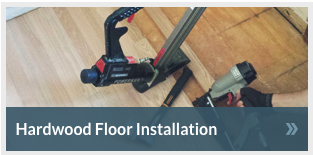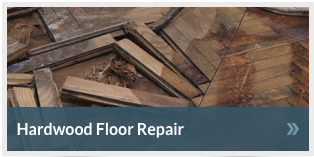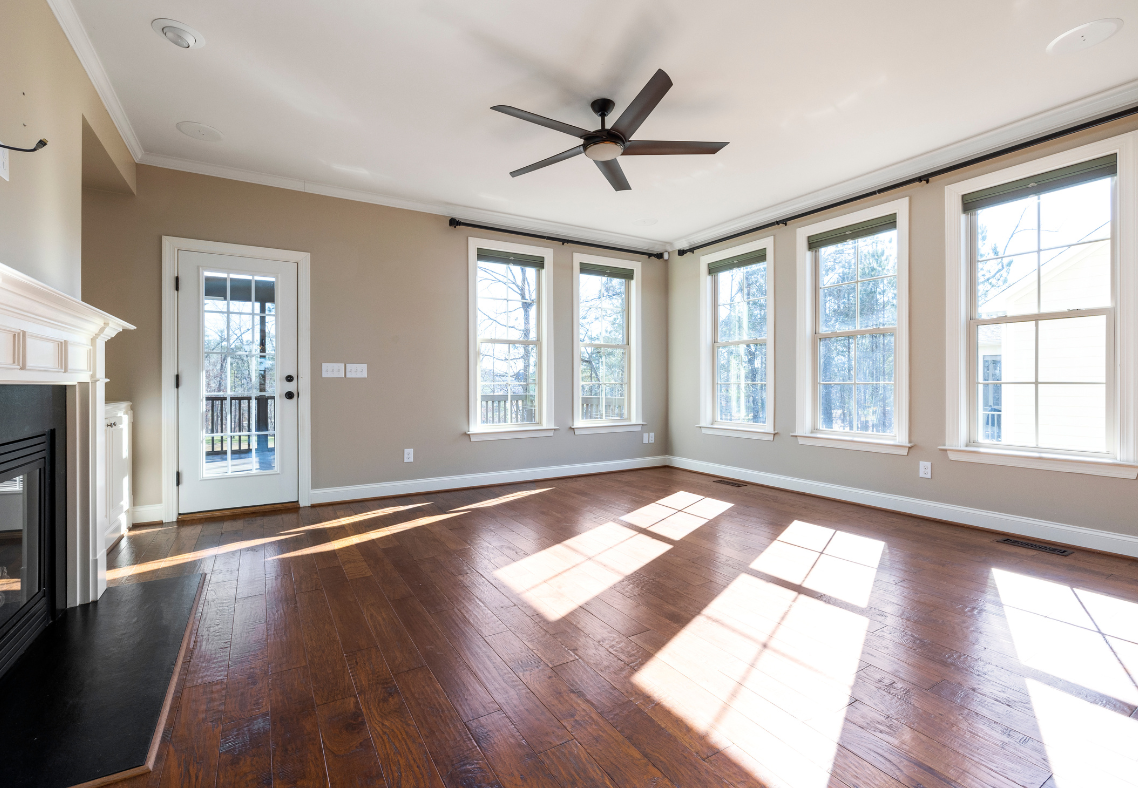How Do I Remove All This Icky Adhesive From My Floor?
Dealing with stubborn adhesive residue on your floors can be a daunting task, but with the right approach, you can restore your flooring to its pristine condition. For homeowners in Baltimore County, MD, who want to maintain the beauty of their floors, it’s crucial to tackle adhesive problems effectively. Whether you’re dealing with glue from old tiles, stickers, or other sticky substances, here’s a comprehensive guide on how to remove adhesive residue without damaging your flooring.
Answering The Question: How Do I Remove All This Icky Adhesive From My Floor?
Test the Adhesive on the Surface First
Before diving into the adhesive removal process, it’s essential to test any cleaning method on a small, inconspicuous area of your floor. Different types of adhesives and flooring materials react differently to various cleaning solutions. Testing ensures that the method you choose won’t harm your floor’s finish or texture. This step will help you avoid any potential damage and allow you to select the most effective solution for your specific flooring type.
Partially Melting the Adhesive
One effective method for removing adhesive is to partially melt it, which weakens the adhesive’s bond and makes it easier to clean. A common household item that can help with this is a hairdryer. Set your hairdryer to a low or medium heat setting and direct the warm air at the adhesive residue. Move the hairdryer in small circles over the adhesive for a few minutes until the adhesive becomes softer. Once softened, you should be able to wipe the residue away with a clean cloth or sponge.
Use Warm Water with Soap and a Cleaning Vinegar Solution
Another effective approach is to use a mixture of warm water, soap, and cleaning vinegar. Cleaning vinegar is more acidic than regular vinegar, making it a more potent solution for breaking down adhesive residues. Mix warm water with a few drops of dish soap and a quarter cup of cleaning vinegar in a bucket. Soak a cloth in the solution, wring it out, and then apply it to the adhesive residue. Allow the solution to sit for a few minutes to penetrate the adhesive. Afterward, use a sponge or cloth to gently scrub the area until the adhesive is removed. This method is suitable for various flooring types, including hardwood and laminate.
Apply a Solution
Several commercial and homemade solutions can help dissolve adhesive residue:
- Goo Gone: This specialized cleaner is designed to remove sticky residues. Apply Goo Gone to the affected area and let it sit for a few minutes. Then, wipe the area with a clean cloth or sponge. Repeat if necessary until the adhesive is gone.
- Homemade Paste: Create a paste using household oil and baking soda. Mix equal parts of each to form a thick paste. Spread the paste over the adhesive residue and let it sit for about 30 minutes. Use a scrub brush or sponge to work the paste into the adhesive, then wipe it away with a clean cloth.
- Nail Polish Remover: Acetone-based nail polish remover can be effective for removing adhesive. Dab a small amount of nail polish remover onto a cloth and gently rub it onto the adhesive. After a few minutes, rinse the area with cold water and wipe it clean.
- Vinegar or Cooking Oil: Apply a small amount of white vinegar or cooking oil to a cloth and rub it onto the adhesive. Allow it to sit for a few minutes to break down the adhesive. Gently scrape away the residue with a plastic scraper, being careful not to scratch your floor.
Try Iron Plus Paper Towel
For stubborn adhesive residues, you can use a combination of heat and absorption. Plug in an iron and set it to the highest steam setting. Place a paper towel over the adhesive residue, then put a cloth on top of the paper towel. Gently iron over the cloth for 10 to 15 seconds. The heat from the iron will transfer the adhesive to the paper towel. Check the paper towel regularly to ensure it’s not burning. This method can be effective for removing adhesive without harsh chemicals, but always test it in a small area first to ensure it doesn’t damage your floor.
Use Tools to Scrape the Adhesive
If the adhesive residue is particularly stubborn, you may need to use tools to help remove it. A razor blade, box cutter, or paint scraper can be effective for scraping away adhesive. However, be cautious when using these tools to avoid scratching or damaging your flooring. Gently angle the tool and use light pressure to scrape the adhesive. For delicate floors, opt for a plastic scraper or putty knife instead of metal tools to minimize the risk of scratches.
Contact Flawless Floor Today for Hardwood Floor Refinishing in Baltimore County, MD
Removing adhesive residue from your floors can be a challenging task, but with the right techniques, you can restore your flooring to its original condition. If you need professional assistance or have concerns about potential damage, Flawless Floors is here to help. Our team of experts in Baltimore County, MD, specializes in floor refinishing and repairs and can provide the expertise needed to handle any adhesive removal challenges. Contact us today for reliable and efficient hardwood floor refinishing services that will leave your floors looking flawless.

Sanding & Refinishing

Installation

